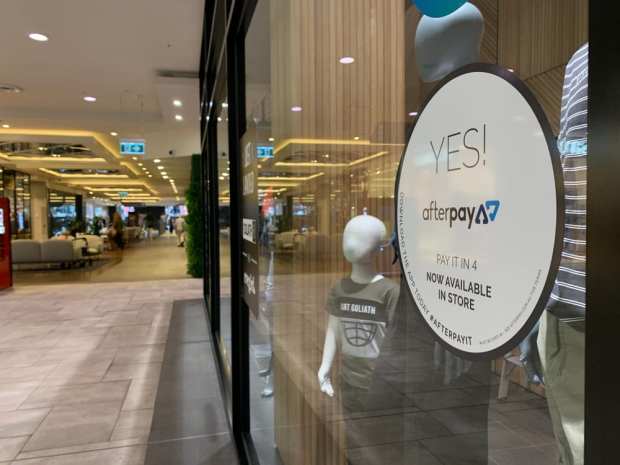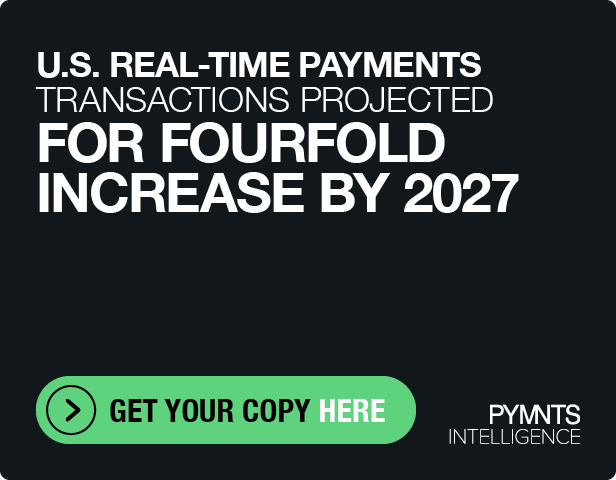Buy Now, Pay Later: Cure For The Credit Hangover?

Heard about this Australia thing? “Buy now, pay later” (BNPL) alternatives made a big splash there in late 2018, had their moment and then it appeared to be over. Except it wasn’t. In the past few months, media outlets including Business News Australia have reported data from comparison shopping site Mozo.com.au saying that half of all Australians who tried BNPL in 2018 liked it so much that they’ve totally dumped credit. What to make of this?
The “thunder from down under” is that consumers have fallen in love with “factoring,” a variant of the old trade credit-receivables pact, where the seller fronts merchandise on good faith and the buyer pays it off over time. In today’s factoring, a BNPL provider “buys” the item for the consumer at a discount (that margin is the provider’s cut). Consumers pay the BNPL provider rather than the merchant/supplier, typically in four installments over a number of weeks.
There’s nothing new under the sun, and neither is BNPL (aka “layaway”). But innovation has remade that old-timey retail chestnut for millennial tastes. They’re the big spenders now: Debt is drowning them; yet ironically, their buying power is soon to peak. In other words, a perfect storm has exposed payments pay dirt in the form in BNPL.
It’s a developing situation, but there are one or two immediate conclusions to be drawn.
‘Bridge Millennials’ Are Crossing Over
The eldest of the “Teenage Mutant Ninja Turtles” generation turns 40 in 2020. That means lying about one’s age, deepening responsibilities (children, homeownership, careers) and strong views on “good experiences,” which they can now afford. This cohort invented FOMO. Having tasted scarcity during the Great Recession, they want it now (whatever or wherever “it” is). They also distrust banks and credit more than any demographic wave before them, after seeing their parents get burned when the economy collapsed.
Combine all of that with student loans and the fact that many are still paying off high-interest credit card debt from last winter’s shopping season. All of these pressures have created a stress gap in payments that BNPL is moving to fill. It’s a powerful differentiator for online merchants who want more of the record-breaking action trending this season.
Flexibility Turns ‘Intend’ Into ‘Spend’
Turns out that flexibility is a hot gift item this year, and that’s not just according to bridge millennials with more disposable income. Black Friday and Cyber Monday sales totals, along with other indicators, point to shoppers wanting to buy more this year – just not on credit. Retailers that employ a BNPL solution are helping consumers go from intend to spend with zero-interest terms that spread out purchases over a few pay periods.
BNPL is also called “instant lending” or “instant borrowing,” depending on which side of the transaction you’re on. With nearly 50 million Americans still paying off year-old credit card purchases and 66 million saying they plan to spend less this year, “instant credit” and “zero interest” promise to rouse reluctant shoppers by giving them the gift of time.
Will BNPL patterns emerging from Australia be a kangaroo kick to the credit system? Unlikely. Credit remains extremely valuable, especially to those who understand it. For everyone else, there’s a growing menu of options championed by clever FinTechs. BNLP is the latest such innovation, and the payments industry is taking notice.
